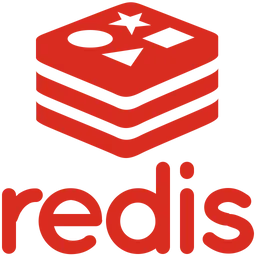Caching Solutions with Redis Cache, GridGain, and Caffeine

Caching Solutions with Redis Cache, GridGain, and Caffeine
High-Speed Data Access – Reduces database queries
In-Memory Storage – Faster read/write operations
Distributed Caching – Scales across multiple nodes
TTL & Eviction Policies – Efficient memory management
Microservices Ready – Enhances system performance
Optimizing application performance and reducing latency in high-scale architectures are vital, and Redis, GridGain, and Caffeine caching solutions help tremendously in this regard. We know these technologies well enough to apply them for efficient data retrieval, improved response times, and reduced load on databases.
Redis Cache – Redis is an ultra-fast in-memory data store, one of our preferred tools for session management, leaderboards, pub/sub messaging, and real-time analytics. We use Lua scripts to further enhance its application along with eviction policies and Redis Cluster for high availability.
GridGain/Ignite – GridGain is perfect for distributed caching and in-memory data processing; it enhances transactional applications, machine learning models, and compute-intensive workloads with SQL support, partitioning, and advanced indexing.
Caffeine Cache – Lightning fast, Caffeine is a Java-based in-memory cache that provides automatic eviction, is size-based, and offers near-instant lookup times-make Caffeine a perfect candidate for microservices and high-throughput applications.
By ensuring that caching strategies, write-behind optimizations, and multi-layered eviction policies are properly implemented, we ensure that applications attain speed, scalability, and resilience during heavy-load scenarios.
FAQs
- What makes caching essential for application performance?
Caching manages to limit the database load and improve the response time by maintaining frequently accessed data. - What are the differences between Redis and GridGain?
Redis is an in-memory key-value store, whereas GridGain is a distributed in-memory computing platform. - Is Caffeine a better option than Redis for local caching?
Yes, Caffeine is a well-performing Java-based in-memory cache, meant for local caching within applications. - Are caching solutions applicable for integration into microservices?
Yes, they are used to reduce latencies and improve scalability in microservice-based architectures. - Which caching solution can be best used in a distributed environment?
GridGain and Redis shine in distributed caching, enhancing scalability and high availability.

